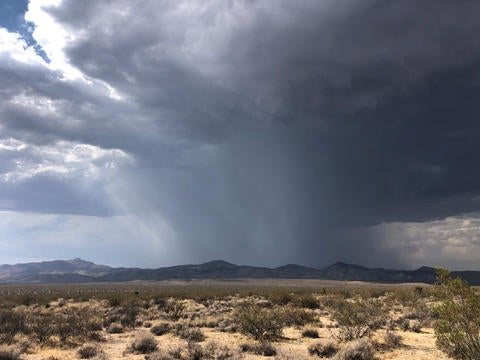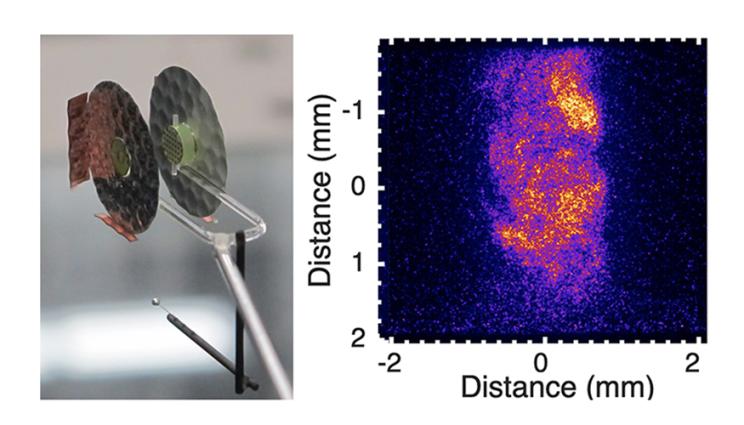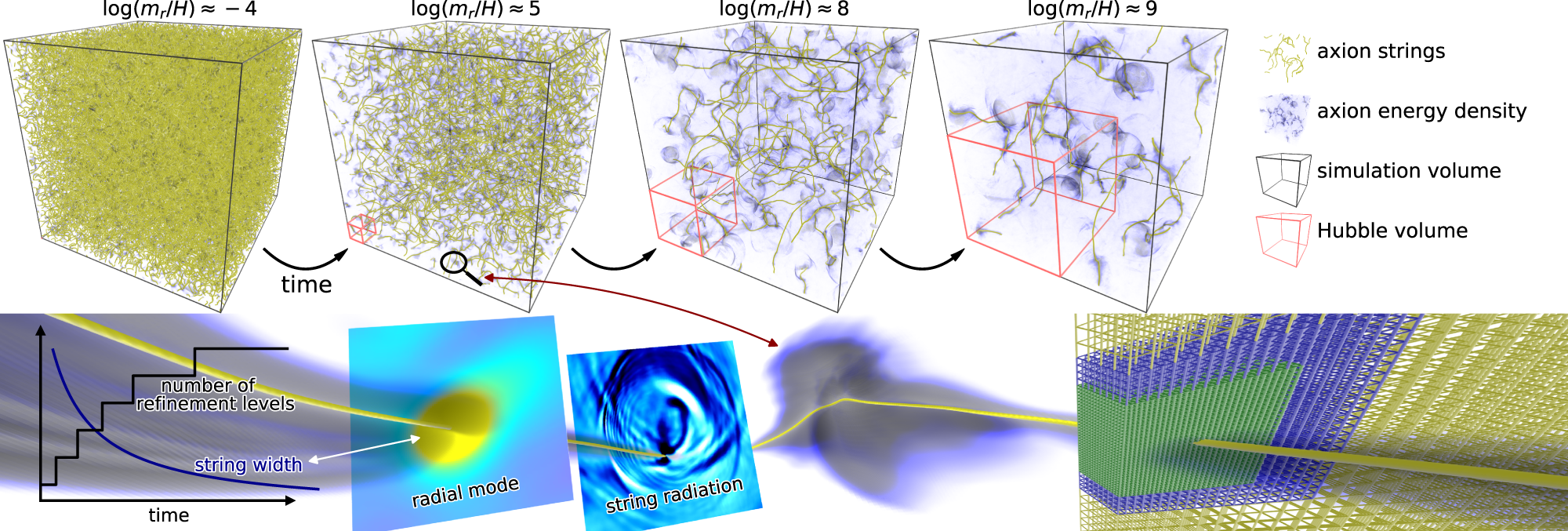予報:曇りのち晴れ 汚染の可能性あり Forecast: cloudy with a chance of pollution
2022-03-09 カリフォルニア大学リバーサイド校(UCR)
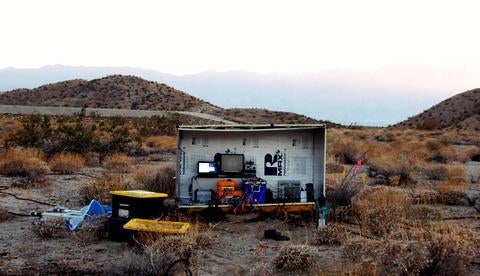
土中から出てくる空気の組成を測定する機器。(Alex Krichels/UCR)
<関連情報>
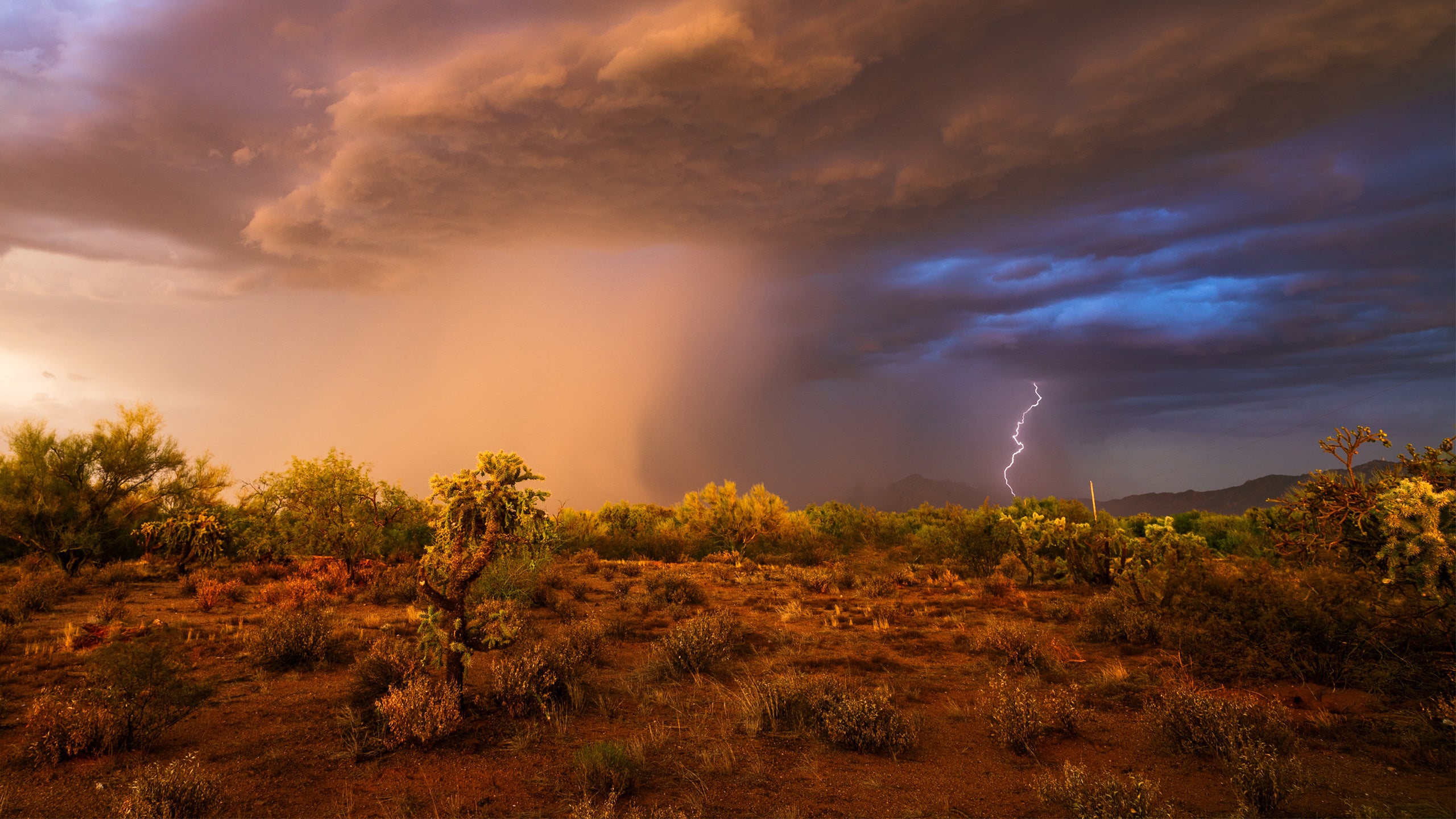

乾燥地土壌の湿潤に伴う急激な硝酸塩還元によるパルス的なNOおよびN2O排出の発生 Rapid nitrate reduction produces pulsed NO and N2O emissions following wetting of dryland soils
Alexander H. Krichels, Peter M. Homyak, Emma L. Aronson, James O. Sickman, Jon Botthoff, Hannah Shulman, Stephanie Piper, Holly M. Andrews & G. Darrel Jenerette
Open Access Published: 10 February 2022
Biogeochemistry volume 158, pages233–250 (2022)Cite this article
Abstract
Soil drying and wetting cycles can produce pulses of nitric oxide (NO) and nitrous oxide (N2O) emissions with substantial effects on both regional air quality and Earth’s climate. While pulsed production of N emissions is ubiquitous across ecosystems, the processes governing pulse magnitude and timing remain unclear. We studied the processes producing pulsed NO and N2O emissions at two contrasting drylands, desert and chaparral, where despite the hot and dry conditions known to limit biological processes, some of the highest NO and N2O flux rates have been measured. We measured N2O and NO emissions every 30 min for 24 h after wetting soils with isotopically-enriched nitrate and ammonium solutions to determine production pathways and their timing. Nitrate was reduced to N2O within 15 min of wetting, with emissions exceeding 1000 ng N–N2O m−2 s−1 and returning to background levels within four hours, but the pulse magnitude did not increase in proportion to the amount of ammonium or nitrate added. In contrast to N2O, NO was emitted over 24 h and increased in proportion to ammonium addition, exceeding 600 ng N–NO m−2 s−1 in desert and chaparral soils. Isotope tracers suggest that both ammonia oxidation and nitrate reduction produced NO. Taken together, our measurements demonstrate that nitrate can be reduced within minutes of wetting summer-dry desert soils to produce large N2O emission pulses and that multiple processes contribute to long-lasting NO emissions. These mechanisms represent substantial pathways of ecosystem N loss that also contribute to regional air quality and global climate dynamics.
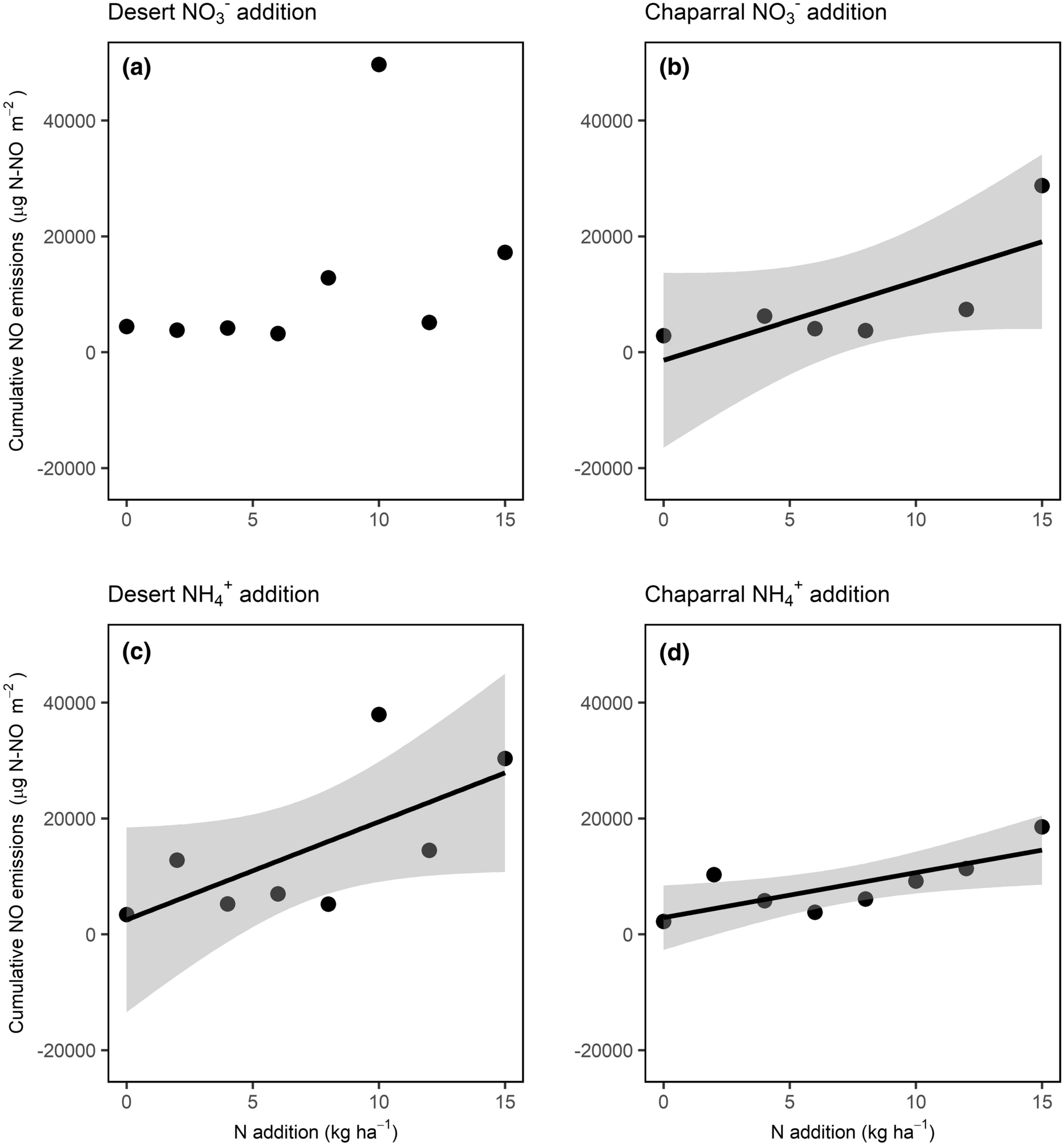
乾燥した土壌を硝酸塩(NO3-)またはアンモニウム(NH4+)溶液で湿潤させた後、24時間における砂漠(a、c)およびシャパラル(b、d)からの累積土壌NO排出量(μg N-NO m-2)。線は添加した窒素と累積NO排出量との線形回帰を示す。網掛けは統計的に有意な線形回帰の95%信頼区間(p < 0.1)を表す。
Cumulative soil NO emissions (µg N–NO m−2) from the desert (a, c) and chaparral (b, d) over 24 h after wetting dry soils with nitrate (NO3−; a, b) or ammonium (NH4+; c, d) solutions. Lines show the linear regression between added N and cumulative NO emissions. Shaded gray areas represent the 95% confidence interval for statistically significant linear regressions (p < 0.1)

